Off-market properties offer investors unique opportunities to acquire undervalued real estate and maximize returns. Unlike properties listed on the MLS, off-market deals are not widely advertised, often leading to less competition and better pricing. This article will guide you through the process of identifying and capitalizing on these hidden gems.
Understanding Off-Market Properties:
Off-market properties are those not listed publicly for sale. They can include distressed properties, owner-occupied homes considering selling privately, or properties being sold through direct outreach by real estate professionals. These deals often offer lower purchase prices and higher potential margins, making them attractive to savvy investors.
Finding Off-Market Deals:
- Networking: Build relationships with real estate agents, wholesalers, and other investors. They can provide leads on properties before they hit the market.
- Direct Mail Campaigns: Send targeted mailers to property owners in desired areas. Personalized letters can yield positive responses from owners looking to sell.
- Driving for Dollars: Explore neighborhoods of interest and identify distressed or vacant properties. Contact owners directly to inquire about their willingness to sell.
Evaluating Profitability:
Once you identify potential off-market properties, assess their profitability by considering the following factors:
- After Repair Value (ARV): Estimate the property’s value post-renovation to gauge potential profit margins.
- Repair Costs: Get detailed quotes from contractors to understand renovation expenses.
- Purchase Price: Negotiate based on your calculations of ARV and repair costs to ensure the purchase price aligns with your investment goals.
Conclusion:
Identifying profitable off-market properties requires a combination of networking, research, and negotiation skills. By leveraging these strategies, you can discover lucrative investment opportunities and maximize your ROI.



